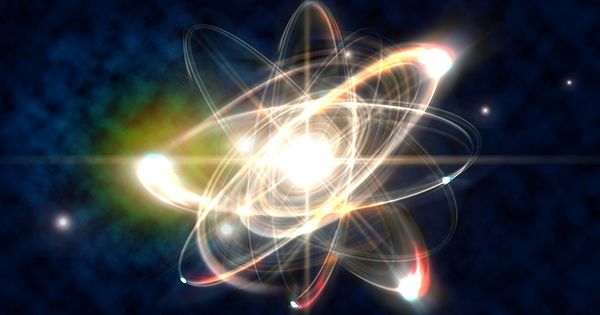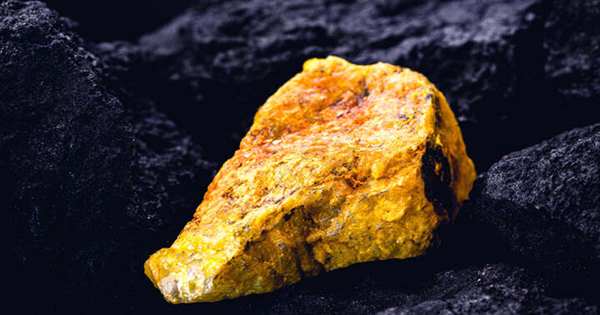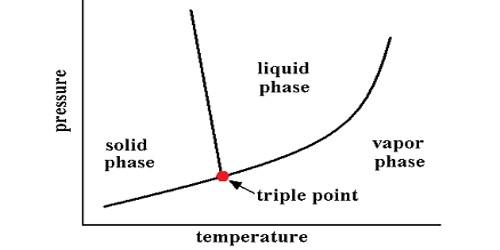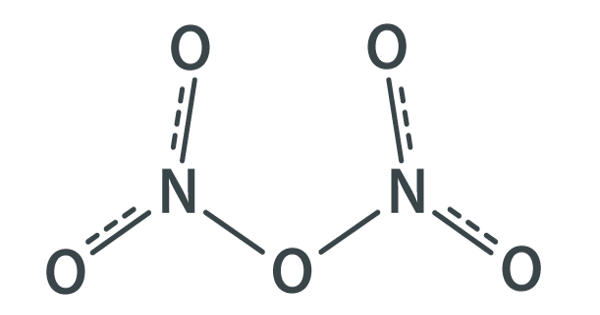Uranium is a metallic element that defined the twentieth century’s first half. From the discovery of radioactivity in 1896 through the creation of nuclear weapons, nuclear power plants have provided a window into the subatomic realm as well as energy. This one chemical element has had a significant impact on science, politics, and art.
WHAT EXACTLY IS URANIUM? Uranium is one of the heaviest elements found in nature. There are 92 protons and a variable number of neutrons in its nucleus, ranging from 140 to 146. However, only a few of these combinations occur naturally, with Uranium-238 (92 protons and 146 neutrons) and Uranium-235 being the most common (92 protons and 146 neutrons).
It can only be generated in an extraordinary occurrence because it is such an extreme natural element. This is known as the r-process, and it occurs in supernovae and neutron star collisions. Despite its rarity, it expanded throughout the cosmos and became a vital component of our planet as a result of those occurrences. The existence of uranium decaying is the explanation for Earth’s interior heat. And this is the most important feature of uranium: It emits radiation in the form of helium atoms over time, eventually converting to thorium. Almost all uranium isotopes (the versions with various numbers of neutrons) have a very lengthy half-life, or the amount of time it takes for a sample’s uranium concentration to be halved. The half-life of uranium-238 is 4.5 billion years.

WHO WAS THE FIRST TO FIND URANIUM? Uranium has been used as a yellow glaze in ceramics and glass since the Roman era. It was revived as pitchblende in the middle Ages and is widely used as a glass dye today. Martin Heinrich Klaproth, a German scientist, combined nitric acid with pitchblende in 1789, then neutralized the solution with sodium hydroxide. A yellow material sunk to the bottom as a result of this process.
It turns into a black powder when burnt with charcoal, which Kalproth mistook for pure uranium but was most likely an oxide. He called the new element Uranus after the planet Uranus, which had only been discovered eight years previously by Willaim Herschel. It took until 1841 to extract the first pure sample of Uranium. Chemist Eugène-Melchior Péligot was responsible for this achievement.
WHAT IS THE PURPOSE OF URANIUM? Uranium’s radioactive qualities, discovered by Henri Becquerel in 1896, have replaced its employment in coloring glasses and glazes. In 1934, a group of Italian scientists led by Enrico Fermi blasted uranium with neutrons and discovered that it emits electrons and positrons, four decades later. Otto Hahn and Fritz Strassmann’s work demonstrates that Uranium can be broken down into lighter elements, while Lise Meitner and her nephew Otto Robert Frisch describe and identify the nuclear fission process.
And this is why, for better or worse, Uranium is a game-changer. When guided through full fission, one kilogram of Uranium-235 is comparable to the chemical energy recovered by burning 1.5 million kilograms of coal. This element’s capacity to store and release energy in a well-understood manner allows it to be used in nuclear power reactors. Atomic bombs also made use of the fast and explosive release of energy from uranium. The radioactive emission of uranium fuel rods warms a coolant, which is then used to heat water in another container and transform it into steam in nuclear power plants. The steam drives turbines connected to a generator, which generates power – and, more importantly, does not emit greenhouse gases.
















